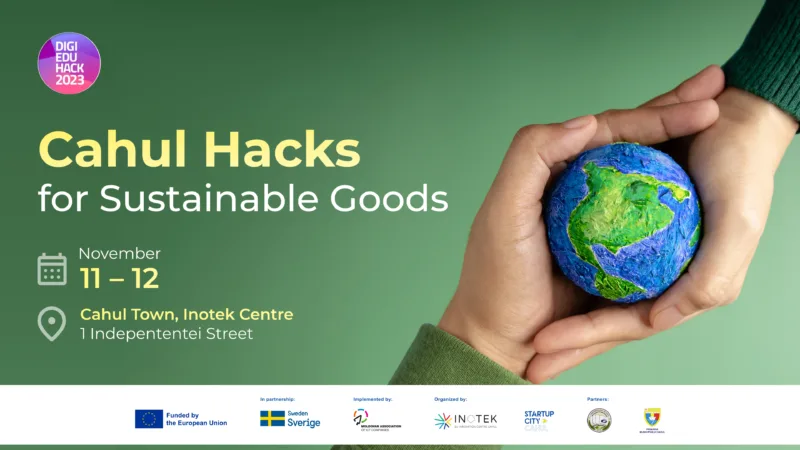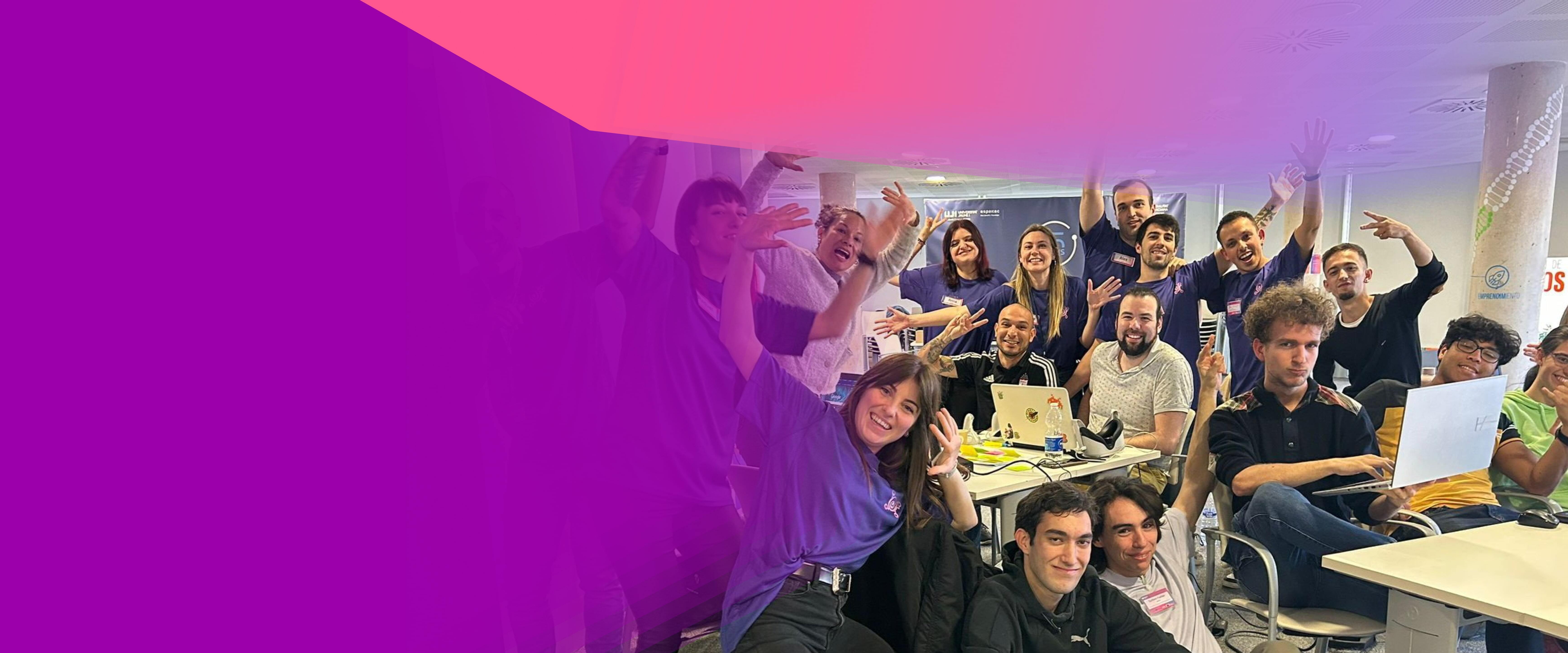LOCAL WINNER
Beginner Awards: Social impact
WATER DECONTAMINATION WITH UV RAYS
Solution details
Decontamination of water with ultraviolet (UV) rays is an effective method of exposing water to UV radiation to inactivate or destroy pathogenic microorganisms present in the water. This process is based on the fact that UV radiation, especially in the range of wavelengths known as UV-C (between 200 and 300 nanometers), has the ability to affect the genetic material of microorganisms such as bacteria, viruses and algae.
Tweet / Slogan
The use of new technologies, especially the use of UV rays, as a treatment in the decontamination of water polluted by pathogenic microorganisms.

ENGINECO
Context
Water pollution is the process of contamination with foreign objects, substances, or microorganisms, which in sufficient concentration can have a measurable influence on humans, animals, plants and materials. Microbial water pollution is the major problem in the Republic of Moldova. The water from approximately 40% of wells in the Republic of Moldova does not correspond to microbiological parameters, which is often linked to the lack or insufficient development of sewage networks. The proposed solution consists in the inactivation of microorganisms in water from local supply sources (springs and wells) by treatment with ultraviolet light. To use this method in real conditions, we developed a prototype of the installation for decontamination of water from wells. At the same time, the method can also be applied for the decontamination of waste water.
Who Benefits?
The main beneficiaries of the water decontamination method are residents of villages where there are no developed aqueduct networks and sewage and wastewater treatment systems. Thus, the improper treatment of waste water from many rural localities in the Republic of Moldova causes serious problems of groundwater pollution. People in these localities most often use water from wells and springs for direct consumption or for food preparation and thus are exposed to the risk of infectious diseases. Many agents of infectious diseases, such as pathogenic bacteria and viruses, can be transmitted by drinking contaminated water. The treatment of water with ultraviolet light contributes to the significant reduction of the degree of microbial pollution, thus the treated water becomes potable and can be consumed without any risk to human health.
Impact
If the water treatment method with ultraviolet light will be implemented in Cahul district (Republic of Moldova), then approximately 120 thousand residents of the district will be able to use safe water for consumption.
Team work
The team for implementing the proposed solution must be made up of specialists from different fields, such as: engineers, programmers, economists and project management specialists. For the good functioning of the team, a leader must be chosen to coordinate the activity of all members.
Innovativeness
The method of inactivating microorganisms by treatment with ultraviolet light has been known for quite a long time. Electromagnetic radiation with wavelengths range 200–280 nm (UV-C light) is called bactericidal or germicidal light because by treatment with radiation in this range, bacteria and viruses are effectively inactivated. The inactivation of microbial cells, by treatment with ultraviolet light, is based on the damage of nucleic acids, which is the cause of the loss of ability of microorganisms to reproduce. There are modern water treatment plants that successfully use this technology to treat water before delivery through aqueduct networks to the residents of cities or other large localities where aqueduct systems exist. The prototype developed within DIGI EDU HACK 2023 stands out in that it can be used in individual households, not connected to aqueduct networks, and is intended for the treatment of small amounts of water.
Transferability
The prototype of the ultraviolet light water treatment equipment developed within DIGI EDU HACK 2023 can be used as the basis for a research and technology transfer project. Through involvement in this project, students will be able to gain new knowledge and develop new skills, in addition to those provided in the study program, such as: general principles of preparing a project proposal, the particularities of project management, aspects of teamwork.
Sustainability
To implement the proposed solution, it will be necessary: to find the right financing program, it will be necessary to carry out a feasibility study and prepare a project proposal, to form a team to implement the project and to find partners and suppliers of services and materials necessary to build the equipment, to make purchases and build the equipment, to test and improve the equipment, to patent the equipment and find the company interested in manufacturing it.

